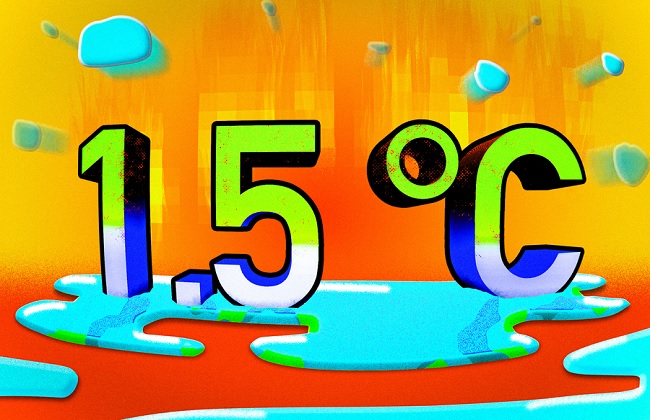
Global temperatures have already exceeded 1.5°C warming and may pass 2°C later this decade, according to a world-first study I led. The worrying findings, based on temperature records contained in sea sponge skeletons, suggest global climate change has progressed much further than previously thought.
Human-caused greenhouse gas emissions drive global warming. Obtaining accurate information about the extent of the warming is vital, because it helps us understand if extreme weather events are more likely in the near future, and whether the world is making progress in reducing emissions.
To date, estimates of upper ocean warming have been mainly based on sea-surface temperature records, however these date back only about 180 years. We instead studied 300 years of records preserved in the skeletons of long-lived sea sponges from the Eastern Caribbean. In particular, we examined changes in the amount of a chemical known as “strontium” in their skeletons, which reflects variations in seawater temperatures over the organism’s life.
Keeping the average global temperature rise below 1.5°C since pre-industrial times is a goal of the 2015 Paris climate deal. Our research, published in Nature Climate Change, suggests that opportunity has passed. Earth may in fact have already reached at least 1.7°C warming since pre-industrial times – a deeply troubling discovery.
Getting a gauge on ocean heat
Global warming is causing major changes to the Earth’s climate. This was evident recently during unprecedented heatwaves across southern Europe, China and large parts of North America.
Oceans cover more than 70% of Earth’s surface and absorb an enormous amount of heat and carbon dioxide. Global surface temperatures are traditionally calculated by averaging the temperature of water at the sea surface, and the air just above the land surface.
But historical temperature records for oceans are patchy. The earliest recordings of sea temperatures were gathered by inserting a thermometer into water samples collected by ships. Systematic records are available only from the 1850s – and only then with limited coverage. Because of this lack of earlier data, the Intergovernmental Panel on Climate Change has defined the pre-industrial period as from 1850 to 1900.
But humans have been pumping substantial levels of carbon dioxide into the atmosphere since at least the early 1800s. So the baseline period from which warming is measured should ideally be defined from the mid-1700s or earlier.

